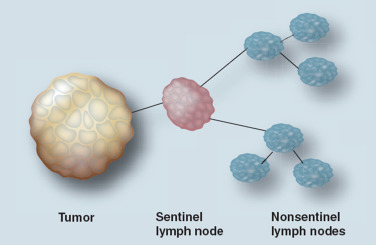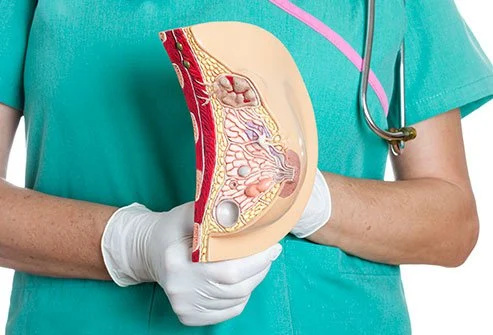Sentinel Lymph Node Biopsy in Breast Cancer surgery
A surgical diagnostic procedure used to ascertain whether cancer has spread beyond a primary tumor into the lymphatic system, most commonly in evaluating breast cancer.
Sentinel Lymph Node Biopsy Treatment
The sentinel nodes are the first few lymph nodes into which a tumor drains. Sentinel node biopsy involves injecting a tracer material that helps the doctor in locating the sentinel nodes during surgery. The sentinel nodes are then removed and analyzed in a laboratory.
If the sentinel nodes are free of cancer, then cancer is unlikely to have spread, so removing additional lymph nodes is not advised.
If a sentinel lymph node biopsy reveals cancer, the surgeon might recommend removing more lymph nodes.


During and after the procedure Sentinel Lymph Node Biopsy Treatment
- You're likely to be under general anesthesia during the procedure.
- The doctor begins by making a small incision in the area over the lymph nodes.
- If you've received radioactive solution before the procedure, the doctor uses a gamma detector to determine where the radioactivity has accumulated and identify the sentinel nodes.
- If the blue dye is used, it stains the sentinel nodes bright blue, allowing the doctor to see them.
- The doctor then removes the sentinel nodes. And in most cases, there are one to five sentinel nodes, and each is removed. The sentinel nodes are then sent to a pathologist to examine under a microscope for signs of cancer.
- In some cases, sentinel node biopsy is done at the same time as surgery to remove the cancer.
- You're moved to a recovery room where the medical care team monitors you for complications from the procedure and anesthesia. If you don't have additional surgery, you'll be able to go home the same day


